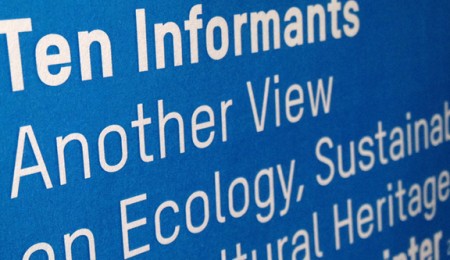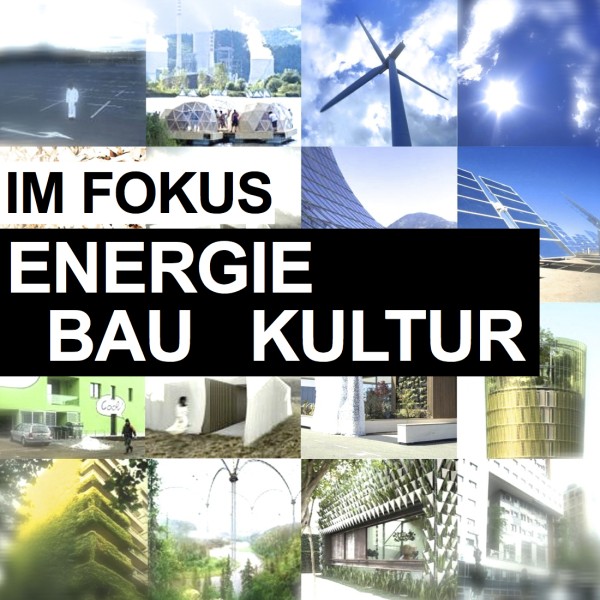My research proposes it is possible to directly work with matter using a different kind of technological platform than machines. I will introduce these as ‘assemblage’ technologies and describe how they apply ‘lifelike’ strategies to address design challenges – by performing some of the functions of living systems without the full status of being truly ‘alive’ - and whose activities can be shaped by the techniques of natural computing – which is a term that refers to an overlapping group of scientific research practices that share Alan Turing’s interest in the computational powers of Nature. I will also develop the idea that an alternative production platform may provide architects with the opportunity to develop new concepts of sustainability that are not bound by the logic of industrialization but are life-promoting, stochastic, may be shaped using existing techniques in agriculture and gardening and as such, are also directly compatible with Nature. Indeed, the outputs of this new production platform are post-natural or, “icological fabrics” – that interweave nature, technology and culture – and may form the building blocks of 21st century cities that can be combined in ways that are as rich and diverse in terms of their environmental performance as life itself.
Rachel Armstrong is a Co-Director of AVATAR (Advanced Virtual and Technological Architectural Research) specializing in Architecture & Synthetic Biology at The School of Architecture & Construction, University of Greenwich, London. She is also a 2010 Senior TED Fellow, and Visiting Research Assistant at the Center for Fundamental Living Technology, Department of Physics and Chemistry, University of Southern Denmark. Rachel is a sustainability innovator who investigates a new approach to building materials called ‘living architecture,’ which suggests it is possible for our buildings to share some of the properties of living systems. She collaboratively works across disciplines to build and develop prototypes that embody her approach.
Rachel has been frequently recognised as being a pioneer. She has recently been added to the 2014 Citizens of the Next Century List, by Future-ish, listed as one of the Wired 2013 Smart List, as one of the 2013 ICON 50 and one of the ten people in the UK that may shape the UK’s recovery by Director Magazine in 2012. In the same year she was nominated as one of the most inspiring top nine women by Chick Chip magazine and as one of the BBC Focus Magazine’s August 2011 edition’s ‘ideas that could change the world’.
Das Zusammenspiel von Ökologie, Nachhaltigkeit und Kulturellem Erbe (ESC) beschreibt ein unserer Baukultur übergeordnetes Bezugssystem. Während die Ökologie die Gesamtheit der Wechselbeziehungen zwischen den Lebewesen untereinander und zu ihrer (auch gebauten) Umwelt umfasst, garantieren Nachhaltigkeit und Kulturelles Erbe die kontinuierliche Entwicklung unterschiedlichster (dynamischer) Wertesysteme. So beschreiben die Themen der Plattform ESC des IKA auch die Koordinaten des architektonischen Entwurfs und die Genealogie des Designs.
Die Vortragsreihe 2013/2014 des IKA versucht, die Potentiale dieser Begriffe in Bezug auf die Architektur, ihre Produktionsbedingungen und möglichen sozio-kulturellen Wirkungskreise von der spezifischen Position des Architekturinstituts einer Kunstakademie her auszuloten. Dazu gehört einerseits eine kritische Hinterfragung der oft einseitig technologischen (Ökologie/Nachhaltigkeit) oder konservierenden (Kulturelles Erbe) Auslegung dieser inflationär verwendeten Begriffe ebenso wie der Versuch ihrer Neupositionierung im Architekturdiskurs.
Zehn Informantinnen und Informanten aus unterschiedlichsten Disziplinen (z.B. Wissenschafts- und Ökologiegeschichte, Synthetische Biologie, Bildende Kunst, Ökologischem Urbanismus, aber auch Klima-Engineering und Architektur bzw. Landschaftskonstruktion) offerieren einen vertieften, einen anderen Blick auf die scheinbar bekannten Thematiken und ubiquitären Begriffe. In der Diversität der dargelegten Positionen spiegelt sich die Komplexität des zur Diskussion stehenden Themenfeldes. Es sollen Fragen provoziert werden, ob, wie und warum die vorgestellten Sicht- und Verfahrensweisen in eine vielschichtig reflektierende architektonische Praxis übersetzt werden können oder sollen – in Richtung einer Architektur, die ihr komplexes Verhältnis zur Natur wie zur konstruierten Umwelt und ihre nicht-statische Position in der (Zeit-)Geschichte zu spiegeln vermag. (Hannes Stiefel)

